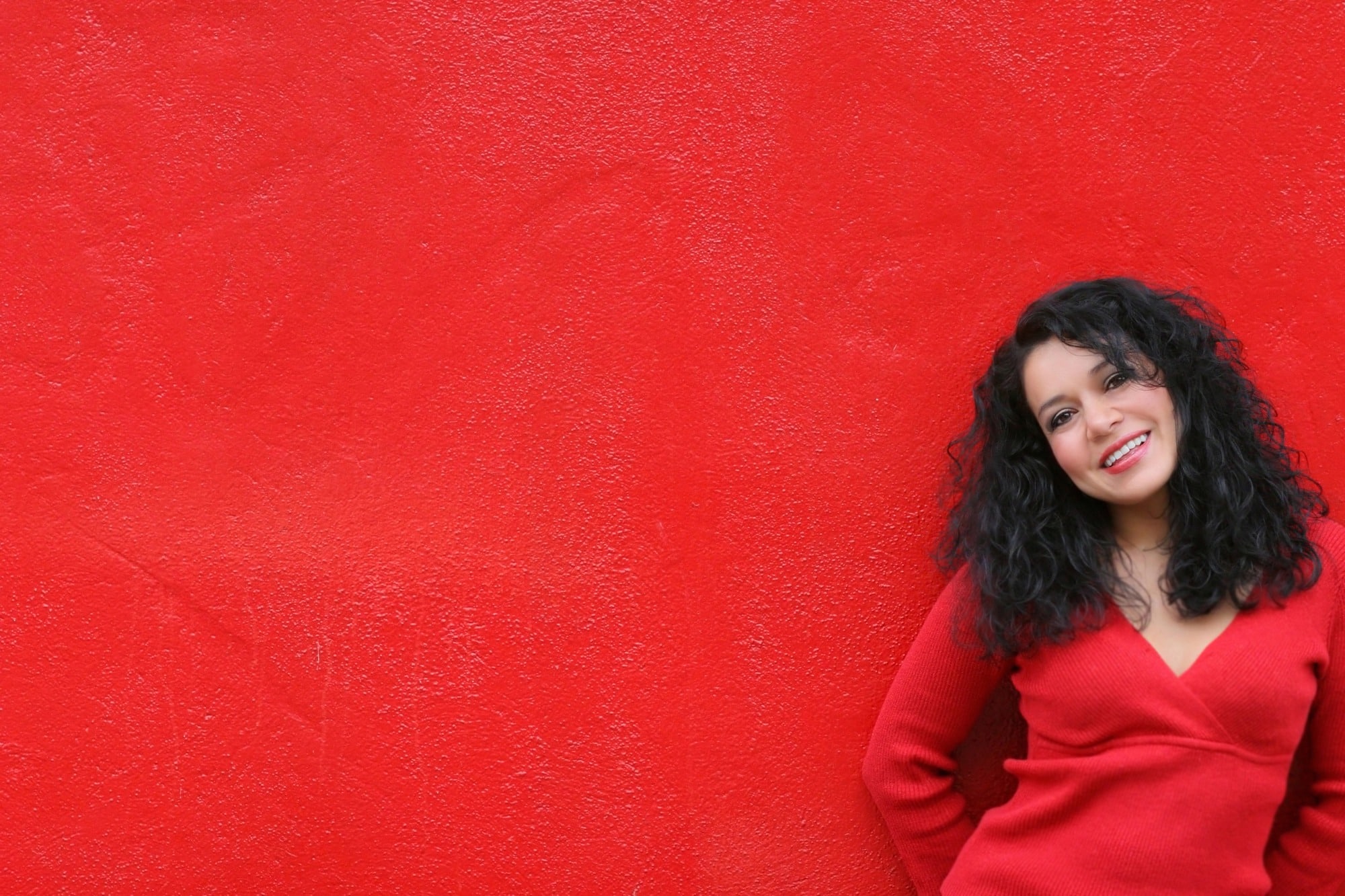Scoliosis is a spinal condition that forces the backbone to curve to one side. The curve appears anywhere on the spine but most commonly, it is spotted on the chest and lower back regions. After diagnosis and confirmation of scoliosis, you and your doctor will work through the available treatments that manage the condition. Unbearable pain is one of the primary problems caused by scoliosis. Most treatments aim at relieving pain. While surgery is prevalent in patients trying to alleviate the pain that comes with scoliosis, your doctor may suggest other viable methods. Let’s find out.
Painkillers
Your doctor may prescribe medication aimed at reducing the pain caused by scoliosis. Anti-inflammatories like acetaminophen, naproxen, aspirin, and ibuprofen, usually are the first drugs recommended. Even without a prescription, you can obtain the drugs from over the counter. If the pain gets worse, speak to your doctor for stronger painkillers. Some antidepressants can also be used to alleviate the pain although they may distort your normal moods.
Chiropractic care
Usually, scoliosis will tag along with chronic back pain in adults. Chiropractors are trained and experienced in realigning the spine and offloading any pressure exerted on the nerve. Most doctors recommend continuous and consistent sessions of chiropractic care to ensure that the re-positioned muscles and bones stay in place. The doctor of chiropractic may also create a treatment plan with scoliosis massages, exercises, diets, and stretches to help with the condition.
Exercise
Physical activities that stretch and strengthen the back muscles help in reducing pain caused by scoliosis. Other exercises aim at helping you maintain healthy weight that reduces the strain on your back effectively. With the help of a professional such as a chiropractor or physiotherapist, they will guide you on the best exercises to keep your back moving and contain the pain. These exercises include stretching, yoga, walking, running, swimming, and Pilates.
Spinal injections
Scoliosis puts pressure on nerves located in and around the spine. You may notice tingling and sharp pains felt in the lower back and runs down to your feet occasionally. Depending on the severity of the spinal condition, you may start complaining of backaches, all caused by the pressure exerted on the spinal nerves. Fortunately, medical advancements approve the use of steroid injections and local anesthetic to help with the pain. Unfortunately, these spinal injections aren’t long term solutions as they tend to wear off over a few weeks or months. They are best when coupled with other remedies such as exercises or massage.
Hot and cold therapy
Scoliosis may trigger muscle spasms that tend to cause unbearable pain. The heat from placing a hot pad on the aching area will calm the muscle spasms, soothe the pain, and reduce joint stiffness. It’s best to wrap the hot pad in a towel to prevent burns and place the pad on the aching region. Press gently for about thirty minutes. The pain should reduce significantly. Ice packs work well on strained muscles. Similarly to how you would treat with a hot pad, you will place the cold pack on the affected area for thirty minutes while pressing gently. Hot and cold therapy is a home remedy that works for mild pains caused by scoliosis.
Acupressure therapy
Acupressure relieves pain emanating from scoliosis by mechanically stimulating the neurovegetative network in the proximity of the backbone. Its stimulation triggers the brain to release beta-endorphins that send signals to the body to reduce pain. This significantly reduces discomfort caused by scoliosis, making acupressure an excellent non-invasive remedy for the pain.
Surgery
Surgical intervention usually is the last resort to alleviating pain caused by scoliosis when all other treatments fail, and the pain keeps getting worse. Surgical intervention may entail:
- Laminectomy- a segment of one of the bones in your vertebrae is removed to reduce pressure on the squashed nerve.
- Spinal fusion- two or more vertebrae are fused to create stability and strengthen the spine.
- Discectomy- a segment of the gel-like discs located between the vertebrae is eliminated to offload pressure on the nerve.
In many cases, the surgeon will examine the severity of the condition and determine which of the surgical techniques to go ahead with. Successful surgery improves spinal balance and alleviates nerve pressure on the spine, which reduces pain. Doctors recommend follow-up visits and physical therapy after surgery to ensure the pain doesn’t recur.
We can conclude with the above-discussed points that pain relief for scoliosis doesn’t have to rely on the surgical approach. Contact us at 205-637-1363 for a consultation session and let us help you eliminate the pain.








